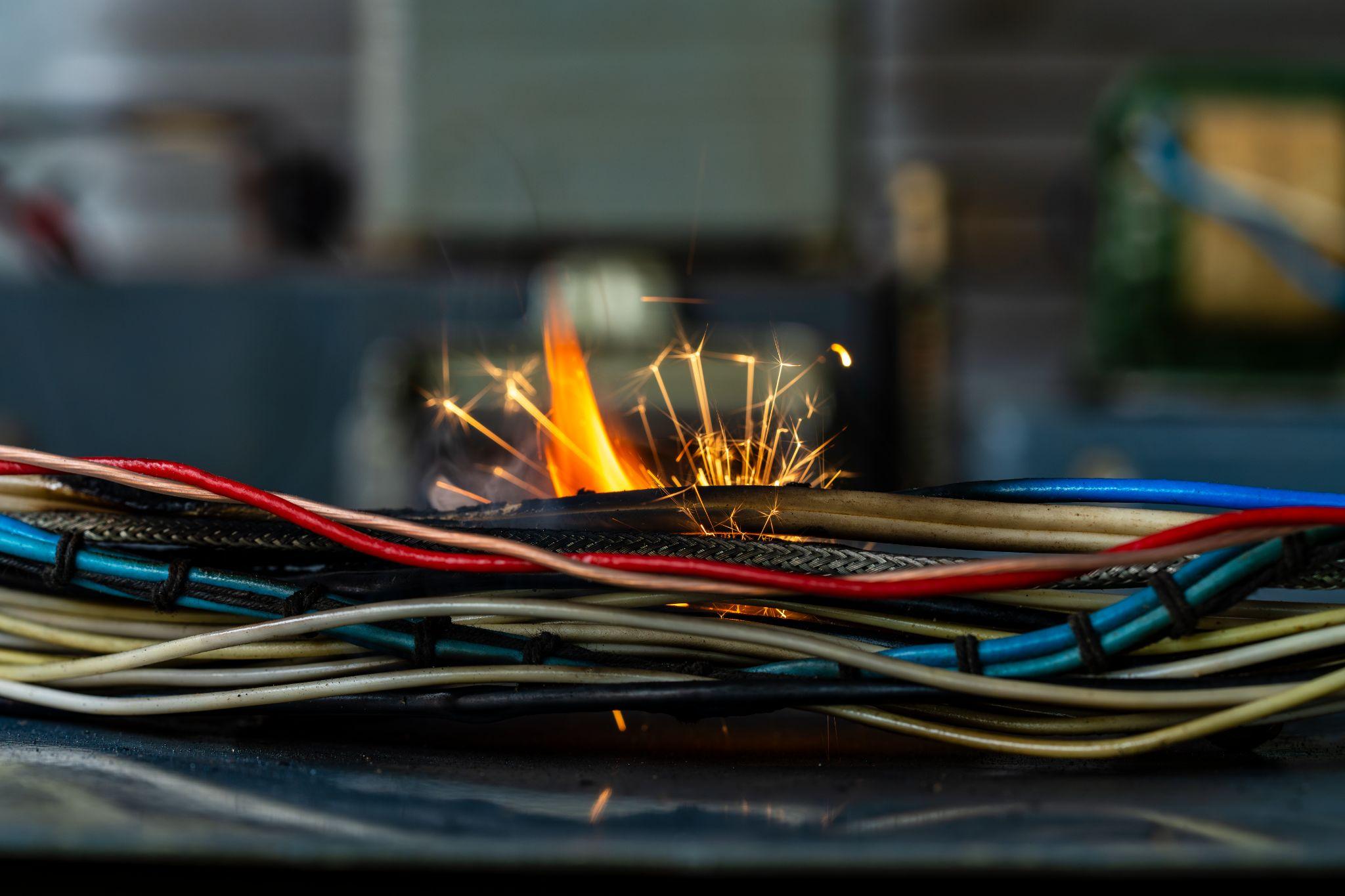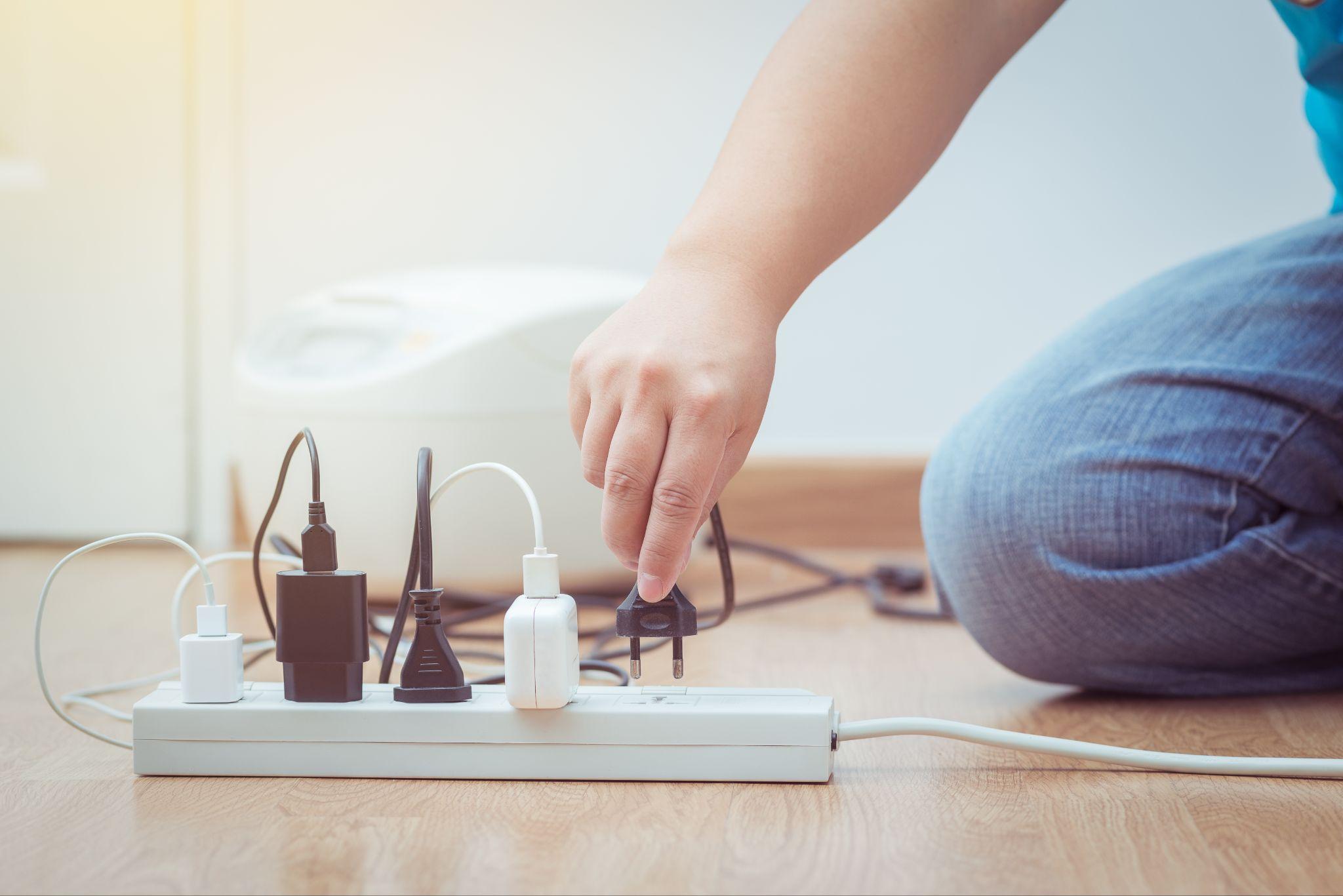Power tripping can be indicative of underlying issues within electrical systems, such as circuit overloads or faulty wiring. Addressing these issues not only enhances the efficiency of electricity usage but also contributes to the safety of the household. By comprehending the causes and implementing solutions, homeowners can significantly reduce the risk of power failures and optimize their energy management strategies. When in doubt, it’s advisable to consult electricians in Miami for expert guidance and repairs.
Power tripping can be indicative of underlying issues within electrical systems, such as circuit overloads or faulty wiring. Addressing these issues not only enhances the efficiency of electricity usage but also contributes to the safety of the household. By comprehending the causes and implementing solutions, homeowners can significantly reduce the risk of power failures and optimise their energy management strategies.
This article explores power tripping in detail, covering its definition, common causes, and how to diagnose and solve these issues. Additionally, it discusses preventive measures and long-term strategies to maintain a stable electrical system. By the end of the article, readers will have a clear understanding of power tripping and effective methods to safeguard their homes against such incidents.
What is Power Tripping?
Power tripping occurs when the electricity flow through a circuit is interrupted due to an overload or fault within the electrical system. It is a safety mechanism designed to prevent overheating, damage to appliances, and potential electrical fires. When a circuit becomes overloaded, the circuit breaker trips or shuts off the electric supply to prevent further damage.
Recognising the signs of power tripping is essential for timely intervention. Common signs in a household setting include frequent resetting of circuit breakers, flickering lights, loss of power in specific areas, and the smell of burning plastic. These symptoms indicate a strain on the electrical system that requires immediate attention.
Circuit breakers play a pivotal role in preventing electrical overloads. They are designed to detect anomalies, such as excess current flow, and trip automatically to cut off the flow of electricity. This protective feature is vital to safeguarding electrical devices and wiring from overheating and damage.
It’s important to distinguish between power tripping and power outages. Power tripping is caused by internal issues within a home’s electrical system, while power outages are usually external, stemming from utility company problems or severe weather conditions. Understanding this difference can help homeowners troubleshoot effectively.
Common Causes of Power Tripping in Homes
Various factors contribute to power tripping in homes, and recognising these causes can help in effectively preventing or addressing them:
Overloading Circuits
One of the most prevalent causes of power tripping is overloading circuits. When too many devices are plugged into a single circuit, it can cause the circuit to draw more current than it is designed to handle. This overload triggers the circuit breaker to trip as a protective measure. Preventive measures include balancing electrical loads across multiple circuits, using high-capacity circuits for high-power devices, and avoiding the use of multiple high-wattage appliances simultaneously on the same circuit.
Faulty Appliances
Faulty appliances can significantly impact home circuits by causing fluctuations in current flow. Malfunctioning appliances may draw unusual amounts of power or create short circuits, leading to tripping. Regular checks and maintenance of household appliances are essential to prevent these incidents. Replacing or repairing faulty appliances promptly can mitigate the risk of power tripping.
Short Circuits
Short circuits occur when an unintended path is created within the electrical system, allowing current to flow freely with little resistance. This scenario can cause excessive current flow, resulting in circuit breaker tripping. Identifying and repairing damaged wires or faulty connections quickly is key to preventing short circuits from escalating into serious hazards.
Electrical Wiring Issues
Poor or outdated electrical wiring is another common cause of power tripping. Over time, wiring can deteriorate, leading to corroded connections and increased resistance. If you’re wondering what causes circuit breaker problems, this is often a significant factor, as old or damaged wires can easily overload or short-circuit. It’s crucial to have a professional electrician inspect the electrical system periodically to ensure all wiring is up to standard and capable of handling the home’s power needs.

Diagnosing Power Tripping Issues
Diagnosing power tripping issues requires a systematic approach to identify the underlying problem accurately. Here’s how it can be done:
1. Step-by-Step Guide to Identifying the Source1. Initial Observation: Begin by noting which circuits are affected and the frequency of tripping. This step involves observing the pattern, such as consistent tripping during the use of specific appliances or circuits.
2. Circuit Breaker Inspection: Check the state of the circuit breakers to determine if they are tripping frequently. Reset them carefully and monitor if the issue recurs when using particular appliances.
3. Load Experimentation: Unplug devices and appliances connected to the tripped circuit. Gradually plug them back in one by one to identify if a specific device causes the tripping.
4. Visual Inspection: Examine outlets, switches, and visible wiring for any signs of damage, such as scorch marks, loose connections, or exposed wires.
Tools and Resources for Diagnosing Electrical Issues
To diagnose electrical issues effectively, certain tools and resources can be invaluable:
Multimeter: This tool measures voltage, current, and resistance in a circuit. It is useful for determining if there is a voltage drop or excess current in a particular area of the system.
Circuit Tester: A circuit tester helps verify if an outlet is correctly wired and grounded. It can identify wiring faults that could contribute to power tripping.
Flashlight and Insulated Gloves: Essential for safely inspecting electrical systems, especially in dark or hard-to-reach areas.
When to Call a Professional
While some power tripping issues can be addressed with DIY solutions, others may require the expertise of a professional electrician. If the problem persists despite basic troubleshooting, if there are signs of burning or if the issue involves complex rewiring, it is safer to call a qualified professional instead of attempting to fix it independently.
Importance of Record-Keeping and Observation
Maintaining detailed records of power tripping incidents can help pinpoint ongoing issues and monitor the effectiveness of implemented solutions. Documenting the timing, frequency, and conditions surrounding these events is important for analysing patterns and recognising recurring problems.
Solutions and Preventive Measures for Power Tripping
To effectively manage and prevent power tripping, several solutions and preventive measures can be implemented:
Redistributing Electrical Load
Redistributing the electrical load across circuits can prevent overloads. Identify high-demand appliances and ensure they are connected to separate circuits. Use power strips equipped with surge protection to distribute loads evenly. This measure reduces the risk of overloading and tripping circuit breakers.
Regular Maintenance of Home Appliances
Routine maintenance of household appliances ensures they operate efficiently without posing a risk to electrical systems. Regularly cleaning, servicing, and repairing appliances can prevent malfunctions that might lead to power tripping.
Upgrading Electrical Systems
Outdated electrical systems may not cope with the demands of modern appliances and technology. Upgrading wiring, circuit breakers, and panels ensures that your home’s electrical infrastructure can accommodate present and future power needs. Implementing such upgrades enhances safety and reduces the likelihood of power disruption.
Safety Precautions and Best Practices
Employing safety precautions and best practices in daily electrical usage minimises risks. Use high-quality power strips with surge protection, avoid overloading outlets, and unplug appliances when not in use. Regularly test and maintain smoke detectors and circuit breakers to ensure they are functioning correctly.
Long-term Strategies for Electrical Stability
In addition to immediate solutions, long-term strategies can significantly enhance a home’s electrical stability:
Investing in Smart Home Technology
Smart home technology can improve power management by providing real-time data on energy usage. Smart plugs and breakers enable homeowners to remotely monitor and control power consumption, leading to more efficient use and reduced strain on circuits. These systems also offer insights into potential electrical issues before they become critical.
Energy-Efficient Appliances
Energy-efficient appliances consume less power and generate less heat, reducing the stress on electrical circuits. Investing in appliances with high energy efficiency ratings can significantly decrease overall power consumption, contributing to electrical stability and less frequent power tripping incidents.
Home Energy Audits
Conducting regular home energy audits can help identify weak points in an electrical system. Professional energy auditors assess the efficiency of your home’s power usage and suggest improvements. These assessments can reveal hidden issues, like inefficient appliances or poor insulation, that might contribute to power problems.
Exploring Alternative Power Solutions
Alternative power solutions, such as solar panels, offer reliability and reduce dependence on the main electrical grid. Integrating renewable energy sources can alleviate the burden on existing circuits, decrease utility costs, and provide a sustainable power supply for the home.
Strengthen Your Electrical Safety: Key Takeaways & Next Steps
In summary, power tripping is a prevalent issue in homes that stems from several sources, including overloaded circuits, faulty appliances, and wiring problems. By understanding these causes and applying appropriate solutions, homeowners can effectively mitigate the risk of power interruption.
Taking a proactive approach to power tripping ensures the safety and efficiency of home electrical systems. Implementing measures such as redistributing loads, regular maintenance, and upgrades are key to maintaining stability. Long-term strategies, including smart home technology and alternative power solutions, further enhance electrical infrastructure.
Ultimately, by addressing power tripping concerns, households can enjoy a stable and efficient electrical system that not only ensures safety but also optimises energy management. Embracing these strategies and solutions provides peace of mind, knowing that the home’s electrical demands are met with resilience and reliability.

